The story of Shaanxi's biangbiang noodles is one that stretches far beyond the bowl. This iconic dish, with its impossibly wide, belt-like strands and complex, savory flavors, has become a culinary symbol of China's northwest. But what happens when a noodle so deeply rooted in tradition meets the boundless creativity of modern chefs? The answer lies in the fascinating world of biangbiang noodle innovation—where cultural heritage collides with culinary experimentation.
At first glance, biangbiang noodles appear deceptively simple. The hand-pulled wheat noodles, typically served with chili oil, garlic, and vinegar, derive their name from the onomatopoeic "biang" sound made during their preparation. Yet the character "biang" itself—a 58-stroke behemoth untypeable on standard keyboards—hints at the complexity beneath the surface. This complexity has inspired chefs across China and beyond to push the boundaries of what these noodles can be.
The metamorphosis begins with texture. Traditional biangbiang noodles achieve their signature chew through a precise combination of flour quality, water ratio, and pulling technique. Contemporary interpretations play with this foundation—some versions incorporate vegetable juices or squid ink for colorful variations, while others experiment with gluten-free alternatives using rice or bean flours. In Shanghai, one avant-garde restaurant serves biangbiang noodles with a texture mimicking Japanese udon, creating a fascinating East-meets-East fusion that challenges regional culinary identities.
Flavor profiles have undergone perhaps the most dramatic transformations. While the classic combination of chili and vinegar remains beloved, innovative chefs have introduced unexpected pairings. Imagine biangbiang noodles tossed with truffle oil and porcini mushrooms, or served cold with a sesame-peanut sauce reminiscent of Southeast Asian satay. In Xi'an's trendy Qujiang district, a popular eatery offers a "deconstructed" biangbiang experience where diners customize each bite with an array of toppings from blue cheese to passion fruit glaze.
The cultural implications of these innovations spark lively debate. Purists argue that biangbiang noodles represent an intangible cultural heritage that should be preserved unchanged. Yet others see culinary evolution as inevitable—and perhaps necessary—for traditional foods to remain relevant. This tension mirrors broader conversations about authenticity in global cuisine, where dishes constantly transform as they cross geographical and generational boundaries.
Perhaps most surprising is biangbiang's crossover into unexpected culinary territories. In New York, a dessert version features the noodles candied with caramel and served with vanilla ice cream. London hosts a pop-up where biangbiang noodles form the base for a British-Asian fusion dish involving brown gravy and pickled vegetables. Even the fashion world has taken notice—a Milanese designer recently created a clothing line inspired by the noodle's flowing, ribbon-like form.
As biangbiang noodles continue their global journey, they raise profound questions about how traditional foods adapt in an interconnected world. The noodle's physical elasticity seems metaphorically apt—just as the dough stretches without breaking, so too does the dish's cultural significance expand to accommodate new interpretations. What remains constant is the biangbiang noodle's ability to surprise, delight, and provoke discussion, whether served in a Xi'an alleyway or a Michelin-starred kitchen halfway across the world.
The future of biangbiang noodles may be uncertain, but one thing is clear: this humble Shaanxi specialty has proven itself capable of far more than anyone might have imagined. As chefs continue to explore its potential, the only true limit appears to be imagination itself. In the hands of culinary innovators, biangbiang noodles have become not just a dish, but a medium for cultural exchange and creative expression—a delicious testament to food's endless capacity for reinvention.

By /May 26, 2025

By /May 26, 2025

By /May 26, 2025
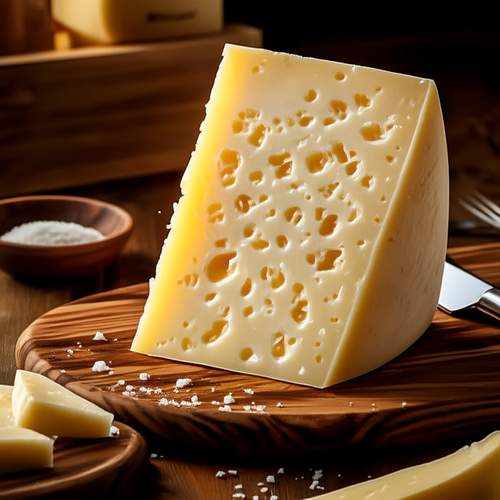
By /May 26, 2025

By /May 26, 2025
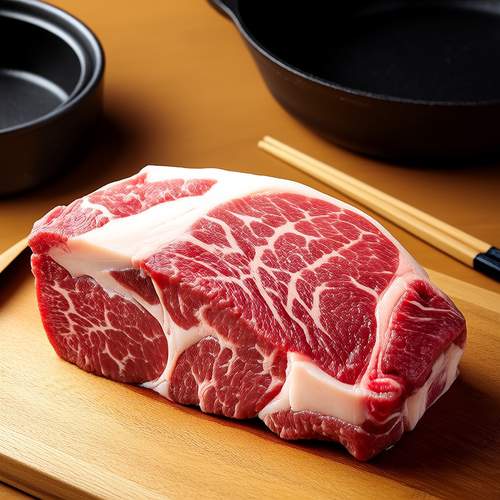
By /May 26, 2025
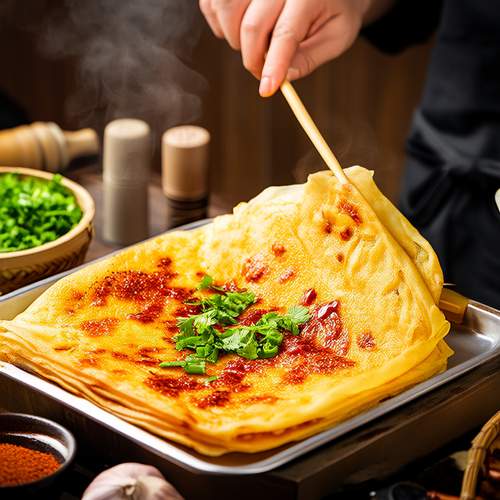
By /May 26, 2025
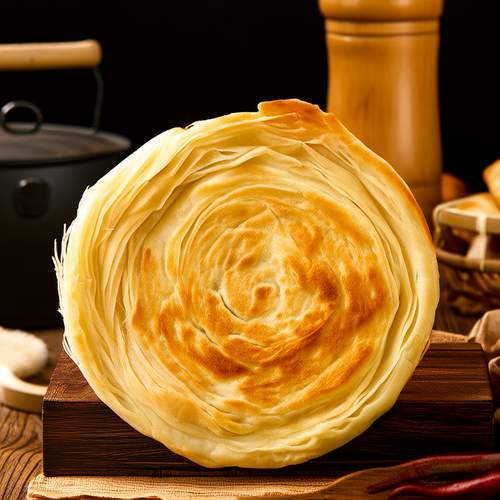
By /May 26, 2025

By /May 26, 2025
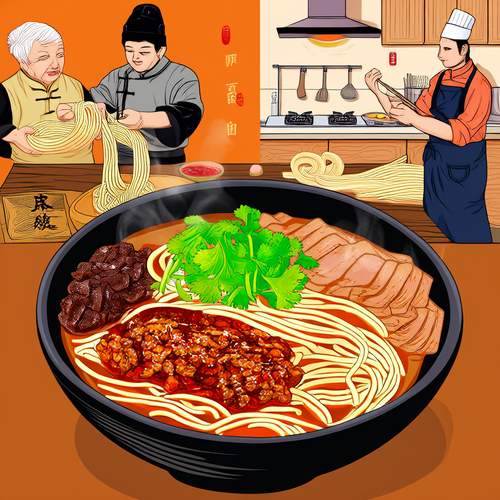
By /May 26, 2025

By /May 26, 2025
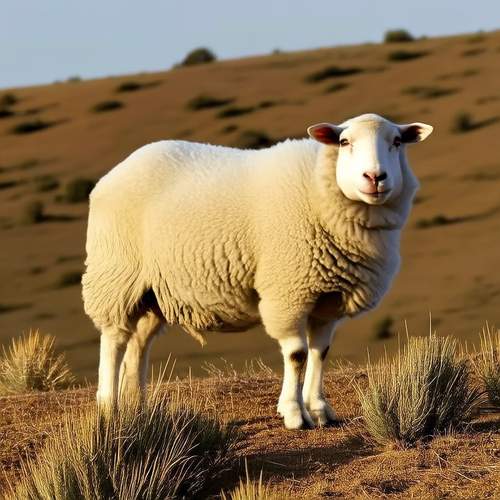
By /May 26, 2025
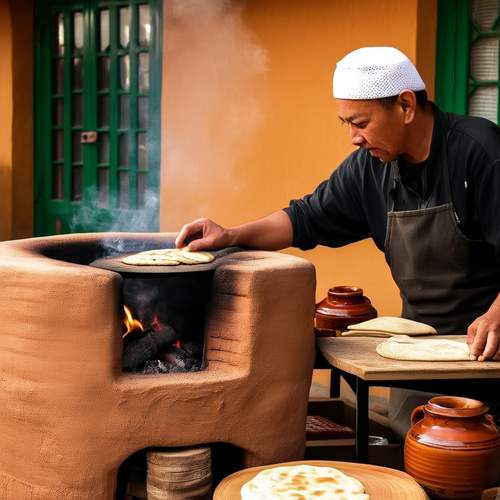
By /May 26, 2025
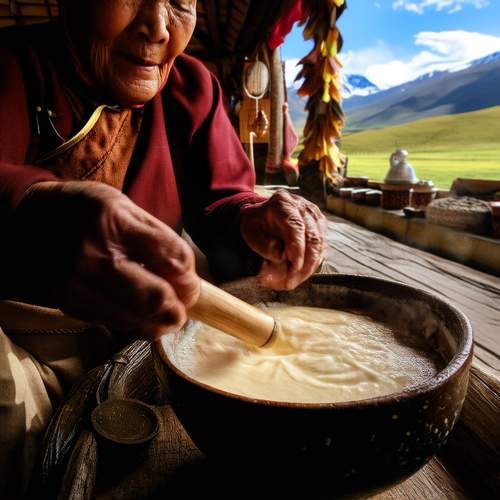
By /May 26, 2025

By /May 26, 2025
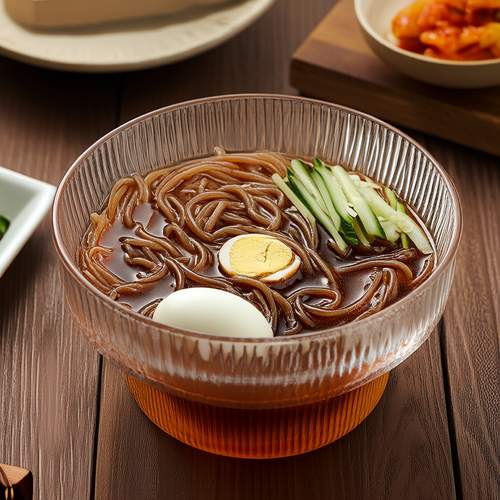
By /May 26, 2025

By /May 26, 2025

By /May 26, 2025
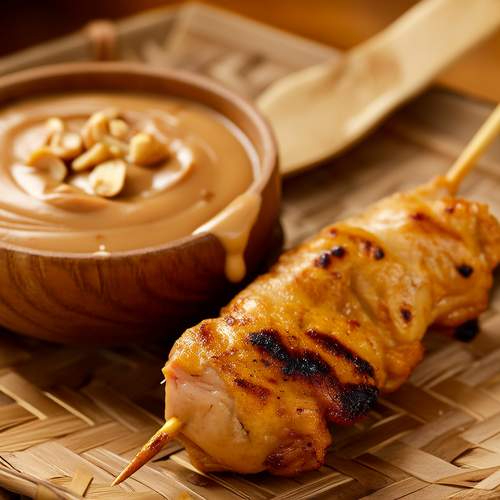
By /May 26, 2025
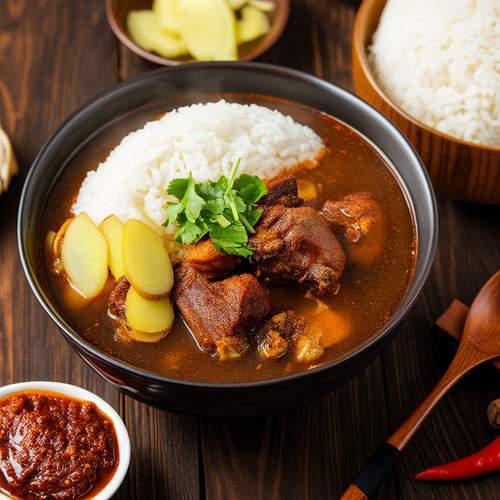
By /May 26, 2025